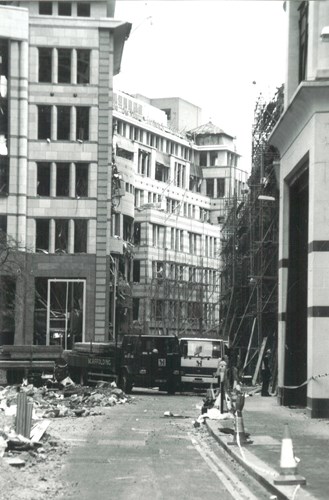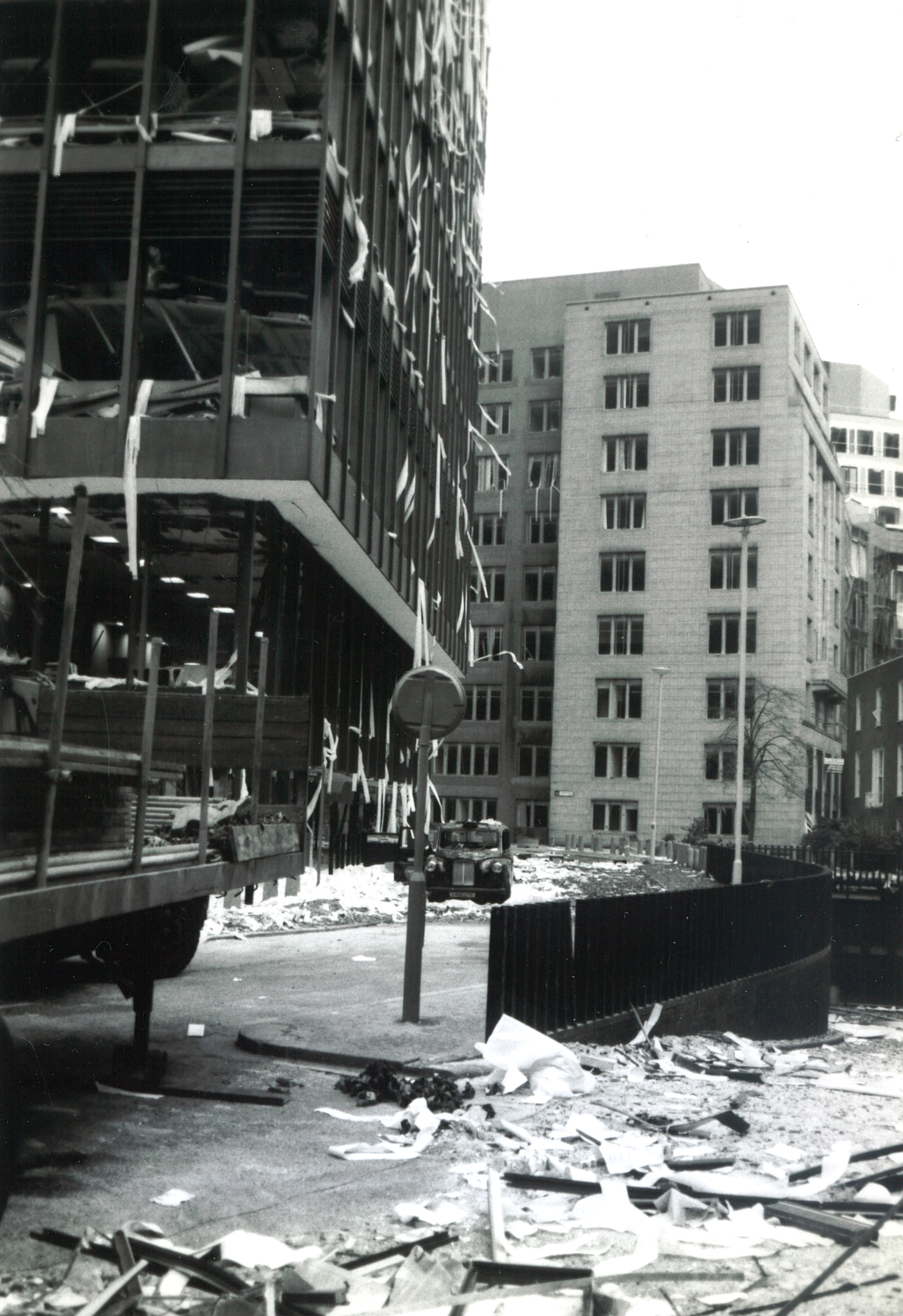After more than 40 years in the scaffolding industry, Millcroft has overcome such a diverse range of challenges that we can tackle pretty much any project these days – from major demolition programmes to heritage and conservation buildings.
But changes in best practice, particularly when it comes to health and safety, mean that there are some areas of our expertise that we only draw upon quite rarely these days. Our track record in working on dangerous and unstable structures, often at short notice as part of an emergency response, is a niche element of our capability. Today’s health and safety approach, which prioritises people over preserving built assets, means that there is less demand for this type of expertise. It’s a valuable part of our portfolio, however, and, from time to time, it plays a vital role in making buildings safe for access or investigation.
The projects that made the headlines
Scaffolding is rarely front page news but, over the years, we have been involved in several events that have dominated headlines around the world. The Millcroft team provided support to the armed forces during the Iranian Embassy siege in the 1980s. We were involved in the emergency response following the St Mary Axe and Bishopsgate bombings in the early 1990s, and in the aftermath of the 7/7 attacks in 2005, we were responsible for providing the access infrastructure that allowed the pathology teams to recover evidence and investigate the scene.
Thankfully, such devastating and upsetting events are rare, but our activities were a vital element of the multi-disciplinary response during each event. With lives at risk, it was our responsibility to ensure that safety measures were put in place to help with rescue and investigation efforts, while protecting the professionals working on the clean-up.
Our ability to provide the right expertise and rapid response was based on a bank of experience in working with structures that had been damaged by fire or impact. Our expertise has often been deployed to provide access to damaged buildings for investigation or recovery and, historically, we were often asked to make damaged and structurally unsound buildings accessible for repair and remediation work too.
Safety First
Health and safety thinking has moved on somewhat since the 1990s. For more than a decade now, the priority has no longer been salvaging the building but ensuring that no lives are put in danger, including those of emergency services, members of the public, nearby residents or scaffolding teams.
However, the expertise needed to stabilise damaged structures and provide safe access is still required from time to time, and the Millcroft team is experienced enough to help. Our leadership team includes experienced advanced scaffolders and scaffolding engineers who were all involved in the historic bomb response and fire damage projects. Meanwhile our team has been trained in-house with wide-ranging technical skills and health and safety knowledge.
These days, the focus on safety usually means that unstable structures are demolished rather than being conserved. Sometimes, however, there is a need to preserve the façade, even if the main body of the structure is being demolished. For projects like these, we have the scaffolding expertise and the experience of managing hazard and risk to get the job done safely and efficiently. This may mean installing raking shores to completely support the façade while the structure is demolished, which involves consideration of any conservation requirements, safety and access for the demolition team, and public safety.
Expertise on Standby
Improved awareness of health and safety has benefitted all aspects of the construction and emergency response sectors, but there will always be a need to use scaffolding know-how to provide access to potentially dangerous structures for various reasons. When that requirement occurs, Millcroft has the knowledge skills and resources to deliver the project and maintain the highest safety standards.


